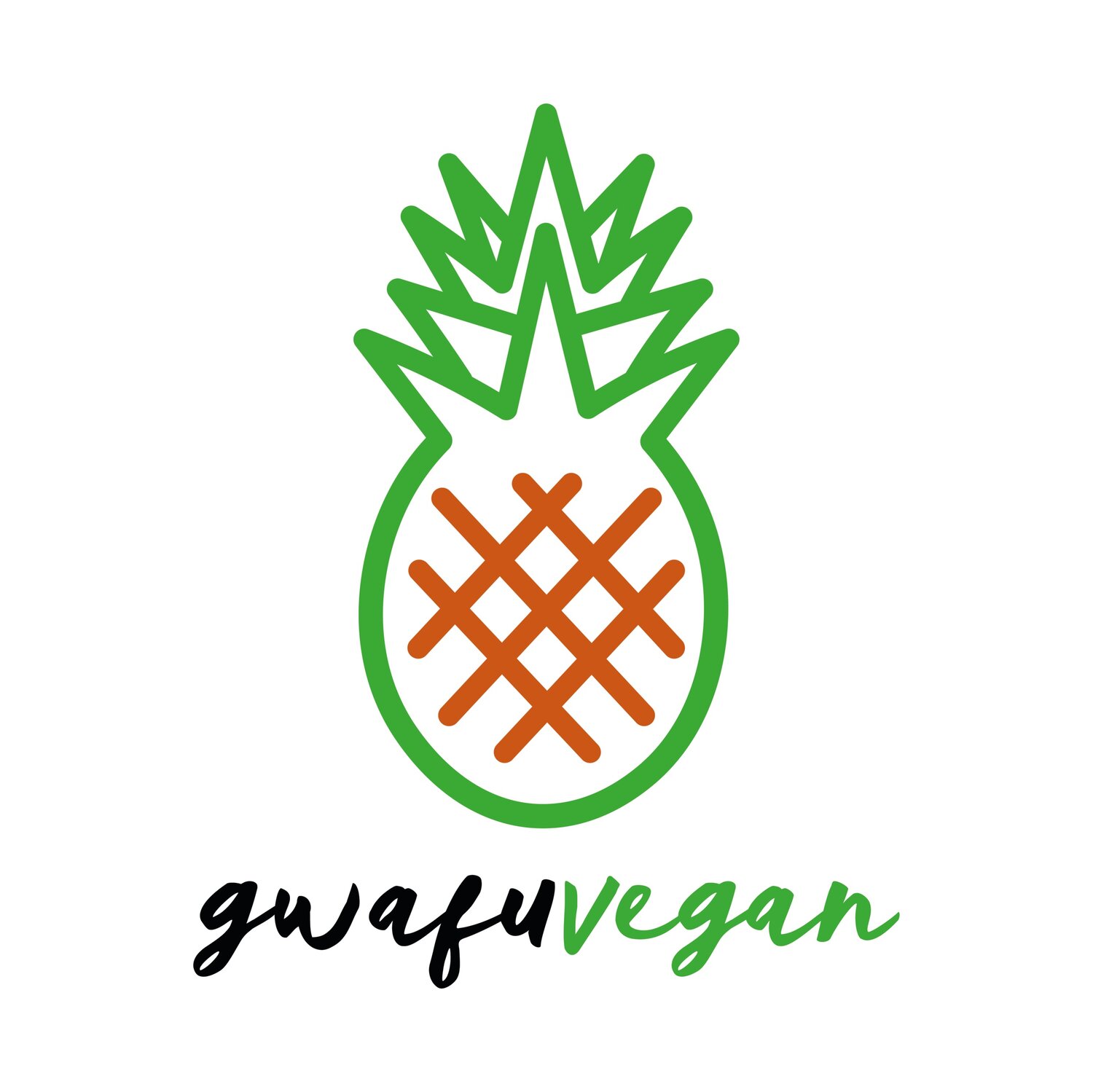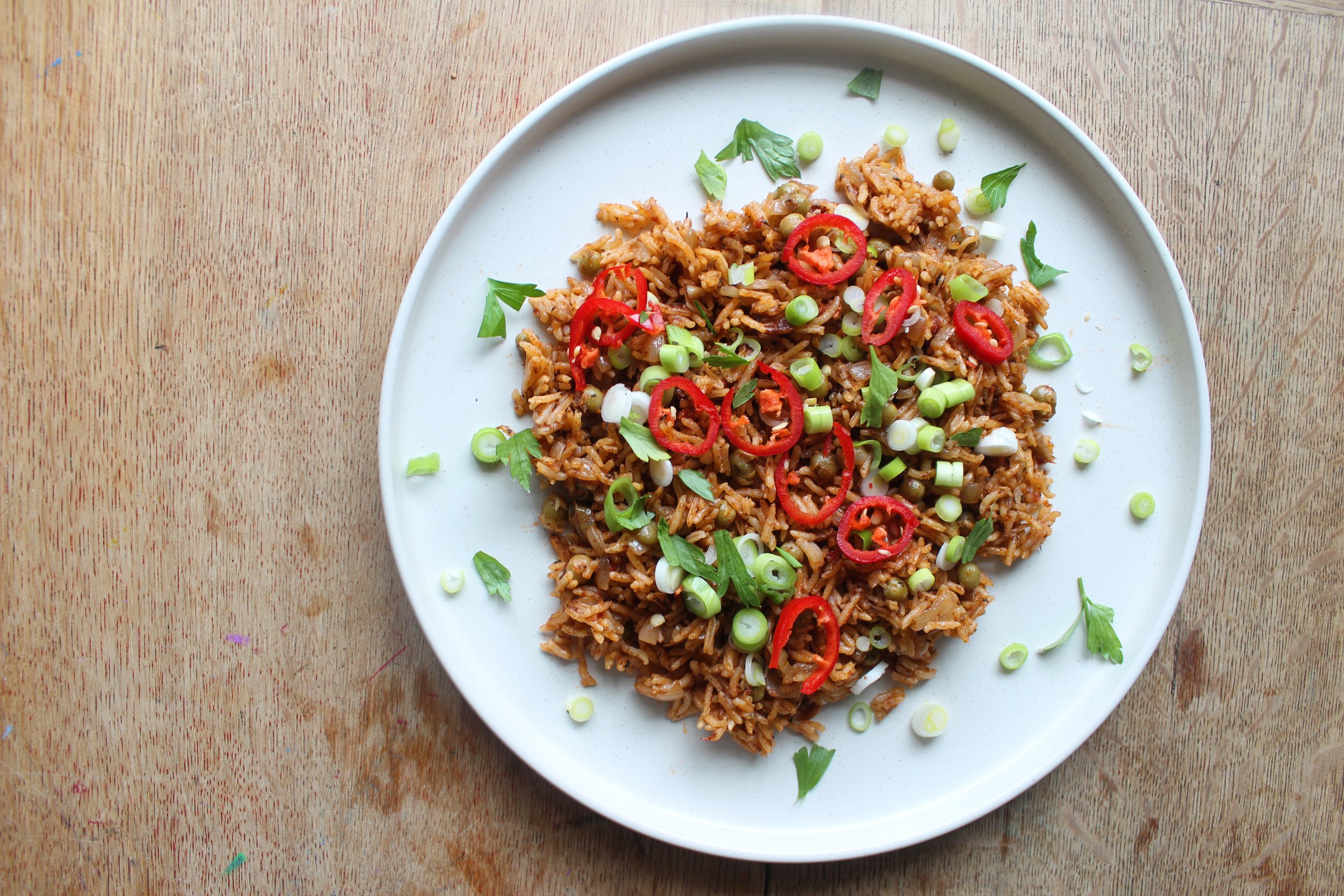A History of West African Spices
Written by Hayley Lawson and Ngwafu Tansie
Photo by Agnieszka Stankiewicz on Unsplash
It’s no secret that West African food is packed with flavour. From comforting aromatic stews to zesty and spicy jollof rice, our food is to be savoured and enjoyed to the fullest. Join us as we deep dive into the origins of West African spices and how they have influenced the cuisine as we know it today.
Indigenous West African Spices
West Africa is now host to a wealth of spices, following colonialism, trans-Atlantic slavery and international trade – but what about the spices native to the region?
Grains of Paradise
Also known as Guinea Pepper, grains of paradise are an aromatic spice belonging to the ginger family (Zingiberaceae). Native to the São Tomé and Príncipe islands in the Gulf of Guinea, the spice is known for its notes of cardamom, coriander, ginger and citrus with a peppercorn-like appearance. Often used in rice and stew dishes, ground grains of paradise can be used to add complexity and depth to many recipes. If you’re looking for some inspiration, Peanut Soup is one of our favourites.
African Nutmeg
If you’ve been lucky enough to try our OG Puff Puff with African Nutmeg and Cinnamon Sugar, you’ll know this earthy spice is one to write home about. Native to both West and East Africa, the spice grows naturally in countries such as Cameroon, Nigeria, Kenya and Uganda. Like Indonesian nutmeg, better known in the Western world, African nutmeg is also earthy and slightly sweet, but with an increased nuttiness and almost woody taste. Why not add it to your next bake for a new depth of flavour?
Iru
Made from fermented locust beans, iru has a distinctly umami taste, similar to that of miso. Locust beans are native to many West, Central and East African countries, but are particularly popular amongst Yoruba and Edo people of Nigeria. Present in many classic dishes, such as okra soup and egusi soup, iru is a delicious addition to anything lacking that little something extra, and can even be used as a substitute for flavour enhancers such as Maggi.
It is also worth noting that many indigenous spices and their plants were – and in some cases, still are – used in traditional African medicine to ease many ailments, both internally and externally. For example, grains of paradise are thought to help with digestive and respiratory issues, while the bark of locust bean trees have been used in the treatment of parasitic infections and skin disorders.
Trans-Saharan Trade
The Trans-Saharan Trade routes played a vital role in connecting North Africa with Sub-Saharan Africa, including the transportation and trade of spices. Though the routes were used in pre-historic times, with some evidence dating back as far as 4000BC, the trade was considered most significant between the 8th and early 17th century.
West Africa saw the rise of several empires during this period, meaning the likes of Ghana, Mali and Songhai were major participants in controlling the trade routes. North Africa and the Middle East would trade various goods such as salt, textiles and spices for West African commodities including gold and ivory, as well as the trade of human slaves.
Black Pepper
Now a classic in most West African and European cultures, black pepper originated in India, and is thought to have firstly made its way to North Africa, before being traded with West African countries.
Cinnamon
Hailing from Southeast Asia, thought to have followed a similar journey to the humble black pepper, cinnamon found a home in West African hearts. Known for its aromatic and warming taste, cinnamon has long complemented both sweet and savoury West African dishes. If you’re looking to try something new, check out our Cameroonian Pap recipe for a delicious, cinnamon-kissed alternative to porridge.
Ginger
Ginger is so frequently used in West African cooking that we were surprised to learn it is not an indigenous spice! Much like cinnamon, ginger is used in both savoury and sweet dishes, whether it’s to add that extra kick of heat, or to bring a comforting complexity to aromatic dishes. For a quick an easy ginger dish, one of our favourites is Ghanaian street food, Kelewele, a spicy fried plantain dish that will leave your mouth watering!
European Colonialism
European Colonialism began to interrupt the long-established trade routes across Africa around the 15th century, with the intent of aligning West African agriculture with that of European markets, as well as taking several West African spices for their own gain. This era had a profound effect on the region’s spice trade and cuisine in general.
What the colonisers took:
Colonisers were said to have been interested in West African spices for various reasons. Grains of paradise and ginger were sought after for their supposed medicinal properties, though perhaps due to the difference in their palates, colonisers did not see much potential profit in producing West Africa’s indigenous spices for the European market. They instead opted for the production of “cash crops”, such as cocoa and rubber, on West African land. Sadly, trade between European Colonisers and West Africa also centred around slavery, ivory and gold.
What the colonisers brought:
Food and recipes were long used as a tool by colonial powers to promote “cultural cohesion” for many reasons, from controlling food production to outright economic exploitation. This led to several spices becoming integrated with West African cooking, such as paprika and chilli peppers, hailing from the European colonisation of the Americas, as well as many Mediterranean herbs like thyme and rosemary. Amongst others, thyme and paprika are frequently used in West African cooking to this day and you will often find them within spice mixes, such as Suya Seasoning and All Purpose Seasoning.
Slavery and the African Diaspora
On top of European colonisation, the trans-Atlantic slave trade saw its peak in the 18th century. While we have established that brutalist international trade would lead to the exchange of commercial goods for slaves, what we have not considered is the impact this would have on West African spices in the diaspora that followed.
Trans-Atlantic slavery had a profound impact on the cuisine of Africans across the globe, from African American soul food to Afro-Caribbean cookery. While these cultures now have their own recipes and distinct flavour profiles, it is thought that the origins of these cuisines came from slaves trying to replicate dishes from their homeland. For instance, Jollof Rice holds many similarities to dishes like Jambalaya (Southern USA) and Rice and Peas (Caribbean). Such culinary innovations truly reflect the resilience of cultural heritage across continents, and have since been passed down for generations.
The story told by West African spices
All in all, the history of West African spices is not merely a chronicle of ingredients, but a tale of strength, adaptation, and the enduring influence of diverse cultures on the culinary landscape. Today, these spices continue to infuse West African cuisines with unique and captivating flavours, reminding us of the rich historical tapestry from which they emerged.
If you’re getting creative in the kitchen using West African inspiration, please send us your results on Instagram or Facebook. Or liven up your event with our vegan catering services using many of the spices above.





